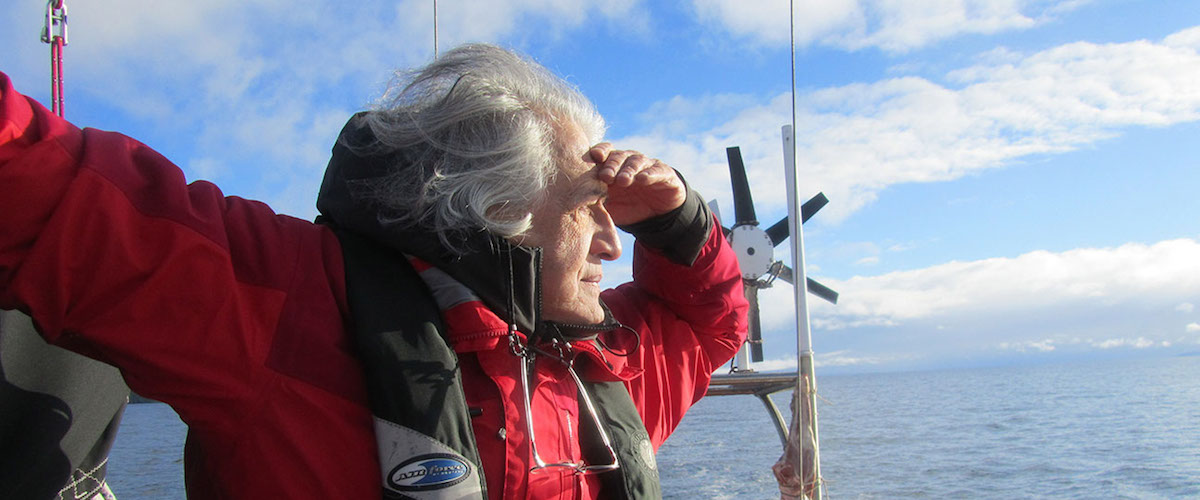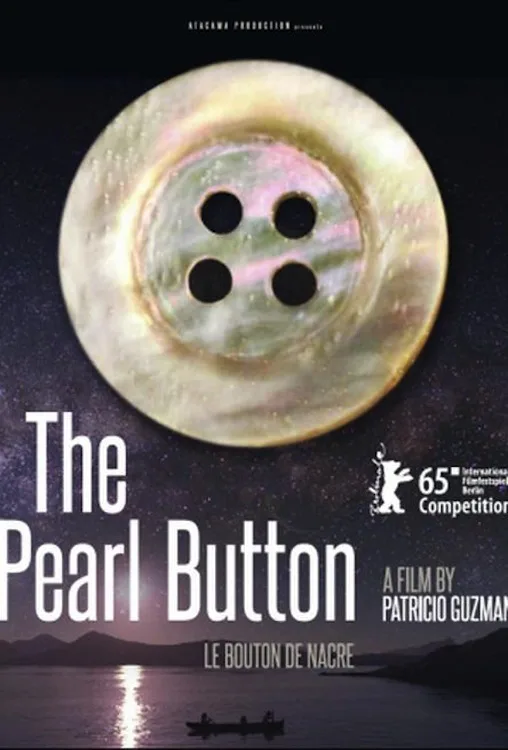In a film conceived as a companion piece to his acclaimed “Nostalgia for the Light,” veteran Chilean documentarian Patricio Guzmán shifts his attention from his native land’s deserts to the seas that line its spectacularly long coast. For most of its 80-minute length, “The Pearl Button” meditates lyrically on water and its effects on humankind. Then it makes a sharp turn into evoking the horrors of the Pinochet regime, a transition that feels awkward and rather forced, diluting the film’s ultimate impact.
At its outset, Guzmán gives his film a cosmic frame that might remind some viewers of Terrence Malick’s “Tree of Life.” Watching giant telescopes that observe the universe from a Chilean desert, the filmmaker, who narrates throughout, notes that water originated in the stars and came to Earth almost as a gift. Now covering most of the planet’s surface, the element is indispensable to human life and perhaps nowhere more visibly important than in Chile, with its 2,600-mile coastline.
Though bearing some of the soothing grandeur of a standard nature documentary, the early sections of “The Pearl Button,” as they descend from the heavens to the seas, are gorgeously filmed and ably support Guzman’s poetic words.
The film also evidences some pleasing visual wit. In discussing Chile’s unusual geography, Guzmán shows students unrolling a large papier-mâché map of the country on a studio floor. Though its width isn’t great, length-wise it goes on and on and on. Guzmán makes the point that it’s hard to conceive of Chile as a whole, due to its unusual shape, which is why people often think of it in three parts: north, center and south.
Despite its bounteous connection to the Pacific Ocean, though, Chile has never been known as a great seafaring nation. Its European settlers looked inward, toward the land, rather than to its watery western horizon. In doing so, they both ignored and brutally effaced the traditions of their indigenous predecessors, who cultivated a multi-faceted relationship with the water, especially in the southern Patagonia region.
Guzmán’s account of Chile’s native people reestablishes the link between the stars and water. He uses old footage and photos that show men, women and children—who belonged to tribes that would make long sea voyages between islands—wearing only speckles of white paint that look for all the world like star maps.
Hauntingly beautiful, these images lead into a discussion of how the European colonizers subjugated the native peoples, which was horrific indeed: “Indian-hunting” was a remunerative sport, in which different amounts were paid for various body parts. The invaders made every effort to rid the natives of their culture, including their connection to the sea.
This is exemplified in a tale about an indigenous teen, which gives the film its title. A British sea captain bought the boy for a pearl button, then took him to England and introduced him to European dress and ways. After returning to Chile, Jemmy Button, as he became known, rid himself of his foreign clothes and haircut, but was never, according to Guzmán, able to regain his original identity.
When the filmmaker takes up the subject of modern Chile’s great political horror, the connection to the sea may strike viewers as rather contrived, but there is one. Following the US-backed 1973 military coup that overthrew socialist president Salvador Allende, thousands of the new rightist regime’s opponent’s “disappeared,” i.e., were abducted, tortured and killed in various ways, some of which Guzmán gruesomely details. In recent years, it has become known that many were flown out to sea and dumped, alive or dead, into the ocean.
It’s grisly stuff, but the real problem is that it seems to belong in another movie. Discussing these events, Guzmán’s voice retains its elegiac tone while also growing subtly hectoring, making points that would be better shared in a more fitting context. No doubt many Chileans remain understandably obsessed with the terrible crimes of the Pinochet regime, but that doesn’t mean they have be rehashed at every possible cinematic opportunity. In this case, the subject seems to undercut—rather than augment—Guzmán’s thoughtful exploration of Chile’s connection to the sea.




















